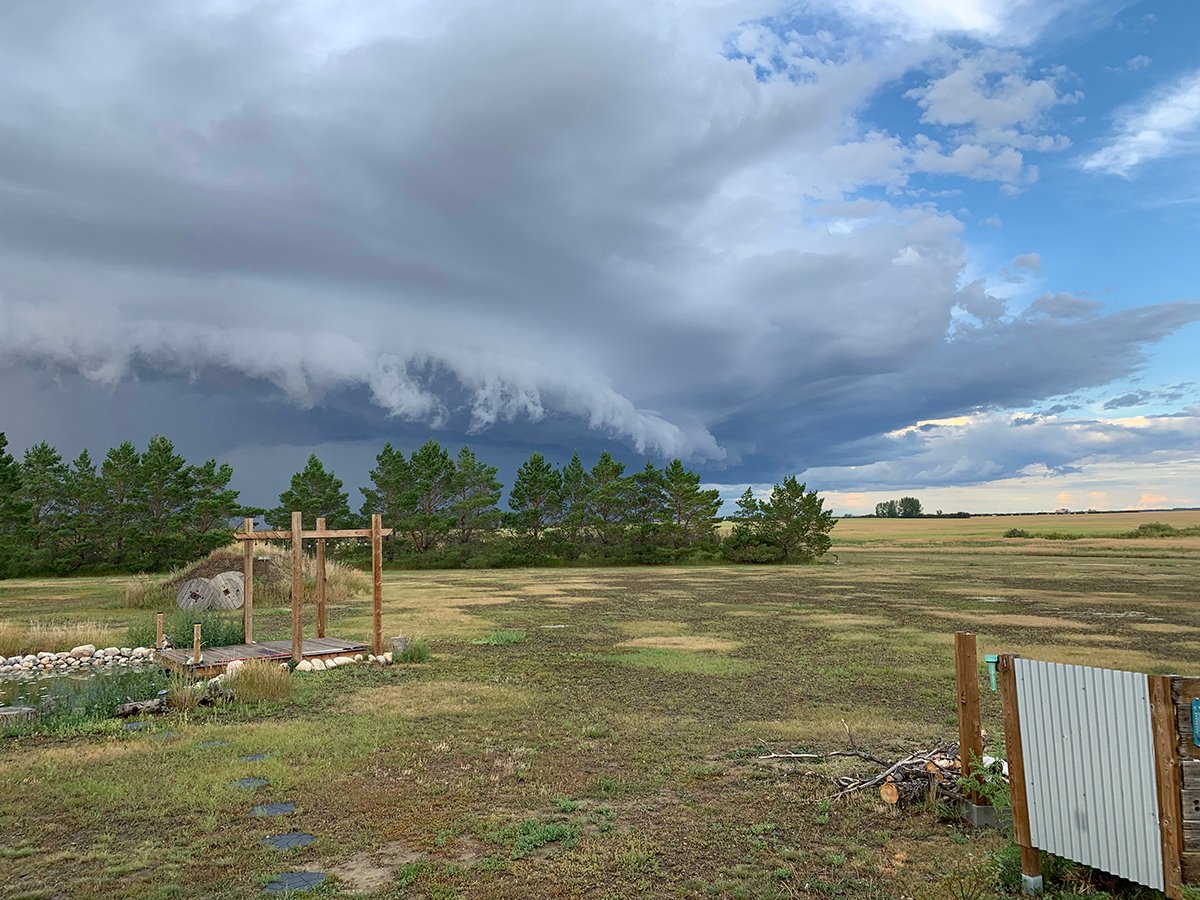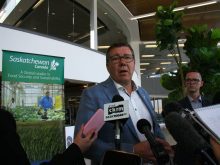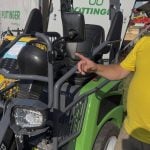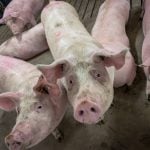RIMBEY, Alta. – When Butch Smith noticed one of his two wells had gone dry at his 1,500 head bison feedlot, he could not understand what went wrong.
He thought the pump was faulty and he was able to reroute the water system to 600 animals before any were harmed. The well eventually recharged. He did not learn until two months later an oil company had been drilling test water wells near his place for an enhanced oil recovery project in west-central Alberta.
Smith argues he should have been informed of the drilling because he would have made arrangements for his livestock.
Read Also

Storm dynamics and extreme rainfall
Besides moisture, instability and orographic lift, the next biggest factor that contributes to heavy or extreme rainfall is storm dynamics.
Test wells require no licence. They are designed to measure the amount of water available and assess the aquifer.
“This is ridiculous. I can’t believe it is going on,” Smith said.
That concern was raised at a meeting near Rimbey where more than 100 landowners filled the Last West Hall to question the implications to their water supply. Calgary-based Kereco Energy has informed the community it requires 1,500 cubic metres of fresh water per day to inject into a well and retrieve the oil.
Alberta Environment officials said no application for a licence has been received and the province expects the company to investigate all possible means to retrieve the oil in a way that does not harm the area.
“For the applicant, that increases the amount of effort that they have to put in to look for other options,” said David Helmer of Alberta Environment.
Helmer told the group no applications are approved if they harm other water users. However, fresh water may be used if the project is not economically viable without it.
“If the economics come back and say it is going to kill the project unless it is fresh water, we don’t have a number when we say you are going to strand that well and leave it in the ground,” the bureaucrat said.
“That is going to be a hard judgment call,” he said.
Enhanced oil recovery may use saline water, carbon dioxide, fresh water or other chemicals to add pressure and bring the petroleum to the surface. Water injected into wells is not recoverable because it is contaminated with salts and hydrocarbons.
It is a major issue for agriculture because of its reliance on fresh water, said rancher Jim Anderson.
“It is abandoning what is essential to life,” he said.
Dairy farmer Jan Slomp is concerned about the number of oil recovery projects and the subsequent pressure on the ecosystem. He opposes the use of fresh water in the oil wells and is heading a committee to monitor the proposed project before activity starts. A hearing should be held before anything happens, Slomp said.
The company told the residents that alternatives like carbon dioxide or saline water are too costly compared to fresh water injection.
“The price tag for the company does not reflect the real value of water,” Slomp said.
“If it comes in three-quarter litre bottles that are sold over the counter in our grocery stores, we are talking $2 million per day pumped down.”
Slomp dismissed the idea that removing the oil is for the public good.
“That is something we need to challenge because getting the oil out of the ground this way is not good for all Albertans,” he said.
Alberta Environment is pushing for an end to the practice of injecting fresh water into oil wells. It has approved licences that allow oil companies to withdraw a maximum of 32 million cubic metres of fresh water for water flooding projects across the province each year. There are between 200 and 300 projects using water at present.















